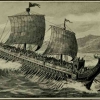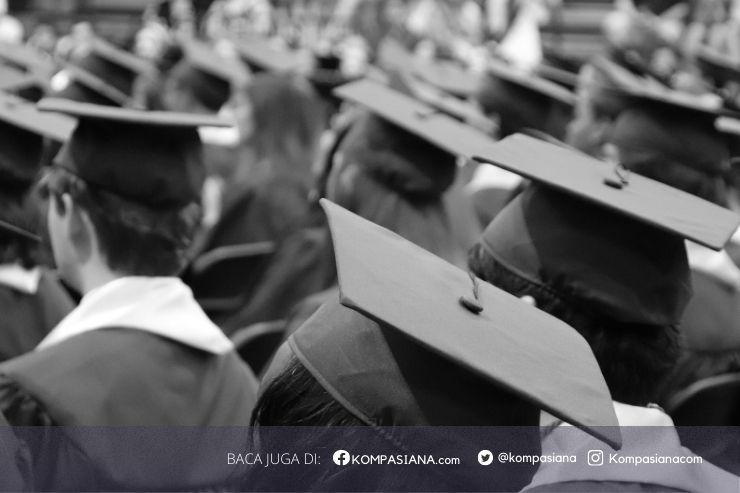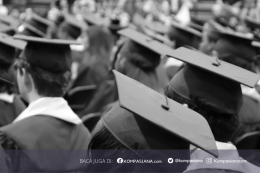A. The nature of innovation management in Islamic
education involves new ideas and practices that emerge as solutions to problems. Innovations must be original, creative and improve educational effectiveness. Characteristics of innovation include relative advantage, compatibility with values, testability, visible results, and complexity of training. Principles of innovation include analyzing opportunities, being conceptual, starting small and aiming to be pioneers. The goal of educational innovation is to improve resource capabilities and catch up in science and technology to achieve equitable education for all citizens.
B. Islamic Religious Education Innovation Model
The educational innovation model is a series of activities from individuals/organizations that start from awareness of innovation to the application of educational innovation, through four stages: discovery, development, dissemination, and absorption.
C. Islamic Religious Education Innovation Development Strategy
Kennedy discusses Islamic education innovation strategies based on Chin and Benne (1970) which consist of three types: coercive strategies, rational empirical strategies, and normative re-educative strategies.
1. The coercion strategy imposes ideas without involving implementers.
2. The rational empirical strategy encourages the use of logic in innovation that suits the conditions.
3. The normative re-educative strategy focuses on the implementer's understanding and acceptance of changes that are carried out repeatedly.
D. Islamic Religious Education Innovation Processes and Procedures
Educational innovation procedures in schools involve changes in education personnel, curriculum, and learning through a procedural program. Introduction to the innovation program begins with knowledge and awareness, followed by attitude formation and decision making. The implementation stage is carried out by partially implementing the innovation and continuing coaching after achieving commitment.
Summary:
This material discusses Islamic education innovation management which includes new ideas to overcome educational problems. Innovation must be creative and effective. The innovation model includes discovery, development, dissemination and absorption. Development strategies consist of coercion, rational empirical, and normative re-educative. The innovation process involves changes to educators, curriculum and learning.
*) This paper is presented from the Teaching Module of the International Islamic Education Management Course (MPII) part XI Lecturer: Prof. Dr. H. A. Rusdiana, M.M
Nabilah Ilyana, born on February 16, 2004, is the first child of Mr. Mustang Edward and Mrs. Nurwati. Current residential address at Kp Kandang sapi Rt. 06 Rw. 006, East Cakung District, East Jakarta Indonesia, Mobile No. 0895344016389. Email: nabilahilyana536@gmail.com Education: SDI Alqudwah graduated in 2016, Junior High School / MTs Attaqwa Pusat Putri graduated in 2019, Senior High School / MAN 21 Jakarta lulu year 2022 and now Studying at the State Islamic University Sunan Gunung Djati Bandung Majoring in Islamic Education Management.
Follow Instagram @kompasianacom juga Tiktok @kompasiana biar nggak ketinggalan event seru komunitas dan tips dapat cuan dari Kompasiana. Baca juga cerita inspiratif langsung dari smartphone kamu dengan bergabung di WhatsApp Channel Kompasiana di SINI







